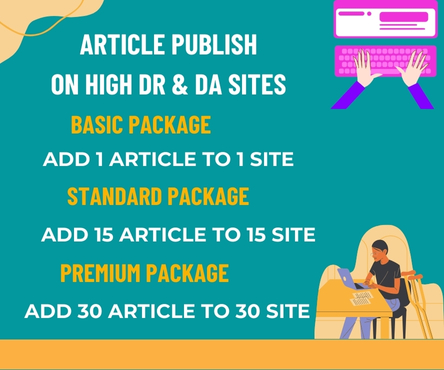In today’s digital landscape, images play a crucial role in enhancing user experience and engagement on websites. However, large image files can significantly slow down page load times, negatively impacting user satisfaction and search engine rankings. Therefore, optimizing images without losing quality is essential for any website owner or digital marketer. This article will guide you through effective strategies to achieve this balance. https://weddingphotographerwebdesign.com/
1. Choose the Right Format
The first step in optimizing images is selecting the appropriate file format. Different formats serve different purposes:
- JPEG: Ideal for photographs and images with gradients. JPEG files can be compressed to reduce file size while maintaining acceptable quality.
- PNG: Best for images that require transparency or have text and sharp edges, such as logos and graphics. PNG files are lossless, meaning they retain quality but can be larger in size.
- GIF: Suitable for simple animations and graphics with limited colors. However, GIFs can be larger than PNGs and JPEGs, so use them sparingly.
- SVG: A vector format perfect for logos and icons. SVG files are scalable without losing quality, making them ideal for responsive design.
2. Resize Images
Before uploading images to your website, ensure they are resized to the dimensions required for display. Uploading large images that are then scaled down by the browser wastes bandwidth and slows down loading times. Use image editing software like Adobe Photoshop, GIMP, or online tools like Canva to resize images appropriately.
Tips for Resizing:
- Maintain the aspect ratio to avoid distortion.
- Use dimensions that match the display size on your website.
- Consider the resolution; 72 DPI (dots per inch) is typically sufficient for web images.
3. Use Compression Tools
Image compression is a vital step in reducing file size without sacrificing quality. Various tools can help you compress images effectively:
- TinyPNG: This online tool compresses PNG and JPEG images while preserving transparency and quality.
- JPEGmini: Specifically designed for JPEG images, it reduces file size significantly without noticeable quality loss.
- ImageOptim: A desktop application for Mac that compresses images without losing quality, ideal for batch processing.
Always keep a backup of the original images before compression, as some tools may alter the files permanently.
4. Implement Lazy Loading
Lazy loading is a technique that defers the loading of images until they are needed, such as when they come into the viewport. This approach improves initial page load times and reduces data usage for users who do not scroll down the page.
How to Implement Lazy Loading:
- Use the
loading="lazy"attribute in your<img>tags in HTML. - Consider using JavaScript libraries like LazyLoad or Intersection Observer API for more advanced implementations.
5. Utilize Responsive Images
With the variety of devices used to access the web, it’s essential to serve images that are appropriately sized for each device. The srcset attribute in HTML allows you to specify different image sources for different screen sizes and resolutions.
Example:
<img src="image-small.jpg"
srcset="image-medium.jpg 600w,
image-large.jpg 1200w"
sizes="(max-width: 600px) 100vw,
(max-width: 1200px) 50vw,
33vw"
alt="Description of the image">This code tells the browser to choose the best image based on the device’s screen size, ensuring optimal loading times and quality.
6. Optimize Alt Text
While alt text does not directly affect image quality, it is crucial for accessibility and SEO. Descriptive alt text helps search engines understand the content of the image and provides context for visually impaired users.
Best Practices for Alt Text:
- Be descriptive but concise.
- Include relevant keywords without keyword stuffing.
- Avoid using phrases like “image of” or “picture of.”
7. Regularly Audit Your Images
Over time, your website may accumulate images that are no longer optimized. Regular audits can help identify images that can be further compressed or resized. Tools like Google PageSpeed Insights and GTmetrix can analyze your website’s performance and provide recommendations for image optimization.
Steps for Auditing:
- Use performance analysis tools to identify large images.
- Check for images that can be replaced with more optimized formats.
- Remove any unused or outdated images from your website.
Conclusion
Optimizing images without losing quality is a vital aspect of web design and development. By choosing the right formats, resizing images, using compression tools, implementing lazy loading, utilizing responsive images, optimizing alt text, and regularly auditing your images, you can significantly enhance your website’s performance. These practices not only improve user experience but also contribute to better search engine rankings, ultimately driving more traffic to your site. Embrace these strategies to ensure your images are both visually appealing and efficient.

